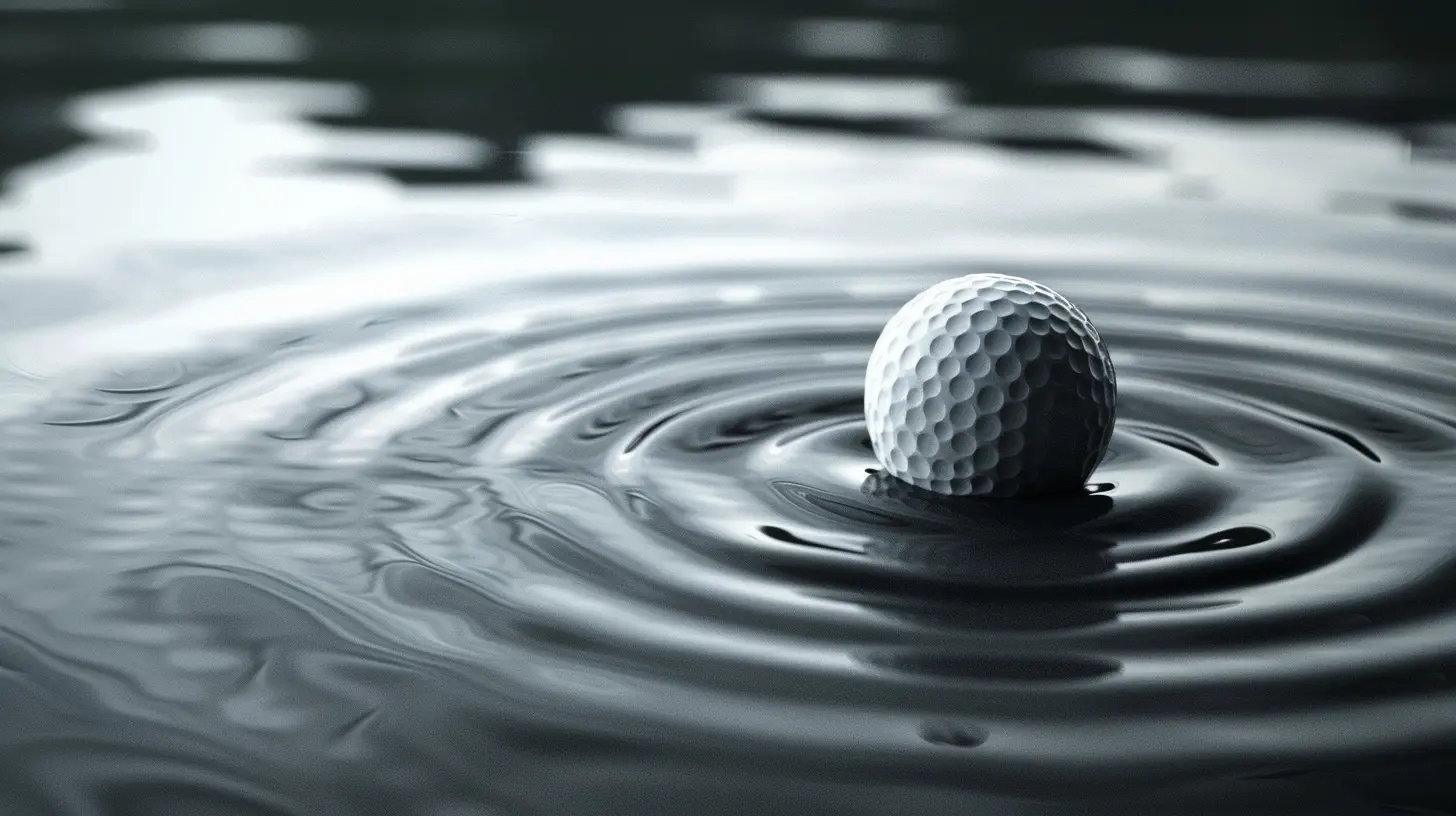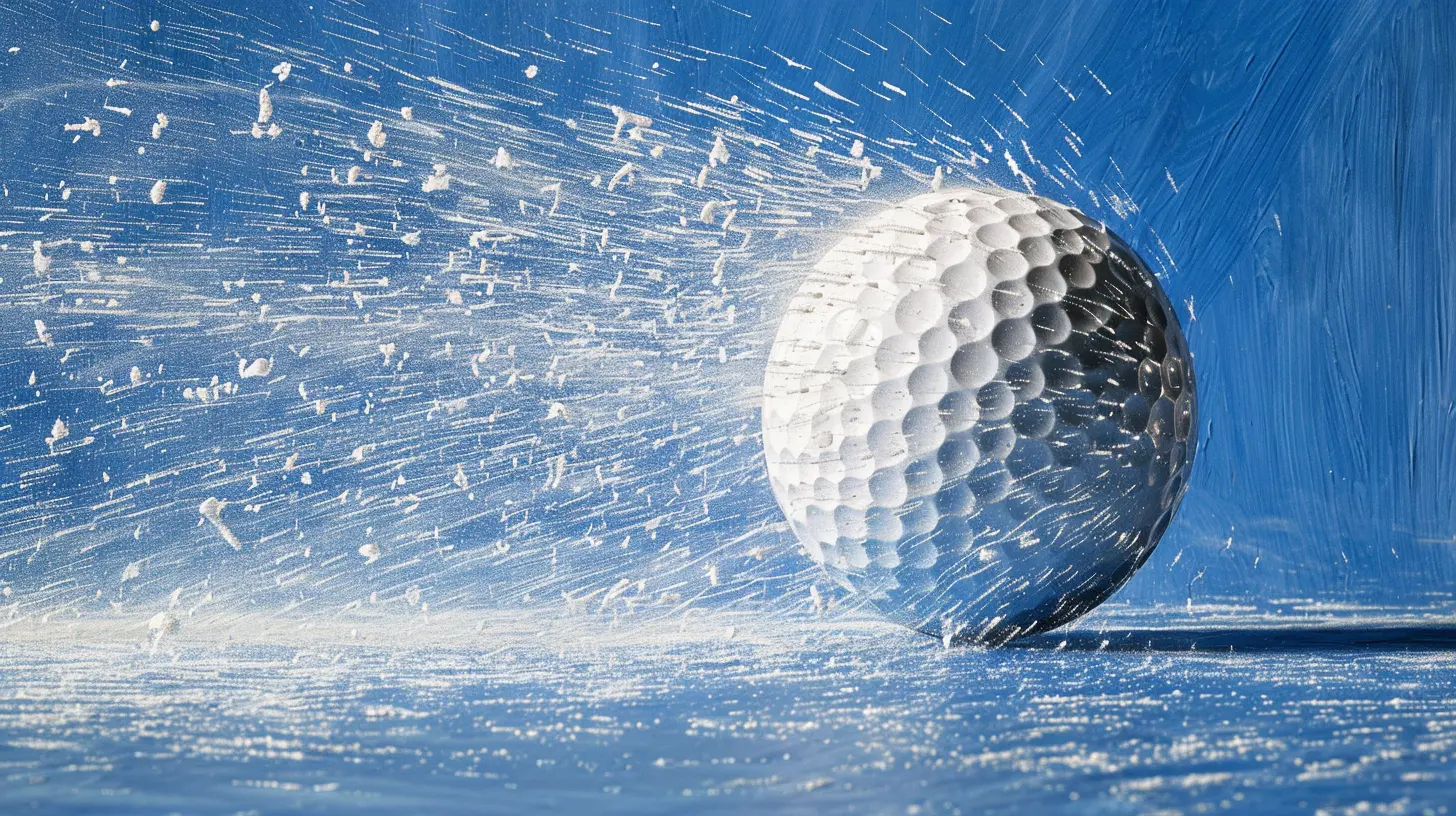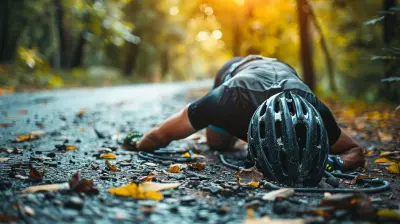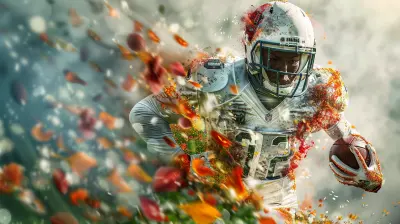Understanding Golf Ball Spin and How to Control It
14 August 2025
Golf is a game of precision, strategy, and technique. Every little detail matters, from your stance to your swing. But one often overlooked factor that has a massive impact on your game is golf ball spin.
Ever wondered why some shots stop dead on the green while others run for miles? Or why your drive suddenly takes a sharp turn mid-air? It all comes down to spin. In this guide, we'll break down everything you need to know about golf ball spin—what it is, how it works, and most importantly, how you can control it to improve your game. 
What is Golf Ball Spin?
In simple terms, golf ball spin is the rotation of the ball as it moves through the air. Different types of spin affect how the ball travels and how it reacts when it lands.There are three main types of spin:
1. Backspin – Creates lift, making the ball fly higher and stop quickly.
2. Topspin – Causes the ball to roll forward after landing (not common in golf).
3. Sidespin – Makes the ball curve left or right, leading to fades and draws.
Understanding how spin affects your shot is crucial for controlling distance, accuracy, and direction. 
How Does Golf Ball Spin Work?
When you hit the golf ball, your clubface applies force that creates spin. The amount and direction of that spin depend on three key factors:1. Clubface Angle
The angle of your clubface at impact determines the initial direction and spin of the ball. If the face is open or closed, it will add sidespin, making the ball curve.2. Clubhead Speed
The faster you swing, the more spin you generate—especially backspin. Faster swings compress the ball more, leading to increased lift and control.3. Impact Location
Where the ball makes contact with the clubface influences spin. Hitting the ball low on the clubface increases backspin, while hitting near the toe or heel creates sidespin, often causing unwanted slices or hooks.
The Different Types of Golf Ball Spin
Now that we've covered the basics, let’s dive into the three types of spin in more detail and how they affect your shots.1. Backspin (The Secret to Stopping on the Green)
Backspin is what helps your approach shots stop quickly on the green. A well-struck wedge shot with high backspin will land and either stop immediately or even spin backward.How to Generate More Backspin:
- Use a higher-lofted club (like a wedge).- Strike the ball cleanly with a downward angle of attack.
- Play with a premium golf ball designed for spin.
- Ensure your grooves are clean for maximum friction.
When to Use It:
Backspin is essential for approach shots, chips, and pitches when you need the ball to stop quickly on the green.
2. Sidespin (The Cause of Slices and Hooks)
Sidespin occurs when the clubface is not square at impact, making the ball curve left or right.Types of Sidespin:
- Fade (Left to Right for Right-Handed Golfers) – Caused by an open clubface at impact. Generally a controlled shot that many pros use intentionally.- Slice (Extreme Left to Right Curve) – An exaggerated fade, often caused by an outside-to-in swing path.
- Draw (Right to Left for Right-Handed Golfers) – Caused by a slightly closed clubface, producing a soft curve to the left.
- Hook (Extreme Right to Left Curve) – An overdone draw, often uncontrolled and leading to trouble.
How to Reduce Sidespin:
- Focus on squaring the clubface at impact.
- Adjust your grip—too strong or weak grips can encourage sidespin.
- Work on your swing path to avoid out-to-in or in-to-out motions.
3. Topspin (Why You Don’t Want It in Golf)
Topspin is beneficial in some sports, like tennis, but in golf, it's usually a bad thing. When a golf ball has topspin, it won’t stay in the air very long, and it will roll excessively after landing.This is common in beginner golfers who "top" their shots, meaning they hit the ball too high on the clubface, causing a weak, low-flying shot with lots of roll.
How to Avoid Unwanted Topspin:
- Maintain proper ball position in your stance.
- Keep your hands ahead of the ball at impact.
- Make solid contact with the middle of the clubface. 
How to Control Your Golf Ball Spin
Now that you know how spin works, let’s talk about how to control it to your advantage.1. Choose the Right Ball
Not all golf balls spin the same. If you want more spin for better control, opt for urethane-covered balls like Titleist Pro V1 or Callaway Chrome Soft. If you want less spin off the tee for straighter drives, go with low-spin balls like the Bridgestone e6.2. Use the Right Clubs
Wedges and high-lofted irons generate more spin than drivers and long irons. If you need more control around the greens, consider using clubs with fresh, sharp grooves.3. Adjust Your Swing
- A more steep angle of attack increases backspin, great for approach shots.- A flatter or sweeping motion reduces spin, helping with distance and rollout.
- Keeping your grip neutral helps avoid excessive sidespin.
4. Control Your Impact Position
Striking the ball cleanly and consistently is key. Hitting the sweet spot on the clubface reduces unwanted spin and keeps your shots predictable.Final Thoughts
Golf ball spin is one of those things that separates average players from great ones. Understanding how and when to manipulate spin can give you greater control over your shots and help you lower your scores.Want more backspin to stop shots on a dime? Work on your ball striking and club selection. Struggling with a nasty slice? Focus on your clubface angle and grip.
At the end of the day, the key to controlling spin is practice, practice, and more practice. Hit the range, experiment with different techniques, and soon you'll have full command over your golf ball like a pro!
all images in this post were generated using AI tools
Category:
GolfAuthor:

Fernando Franklin
Discussion
rate this article
1 comments
Fable McCaw
Mastering spin transforms your golf game!
August 28, 2025 at 4:14 AM

Fernando Franklin
Absolutely! Mastering spin is key to enhancing your control and performance on the course.


